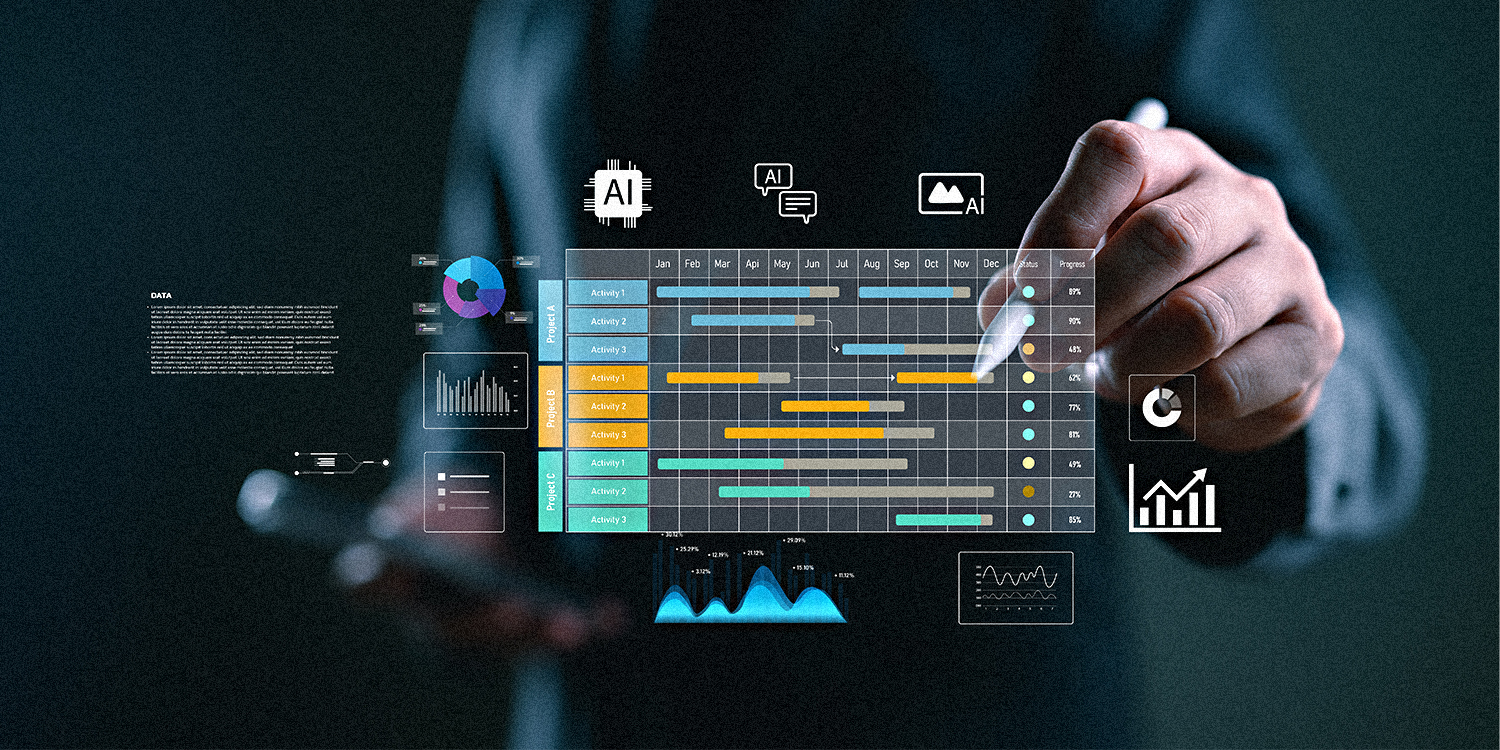As governments across the globe face mounting pressures to enhance efficiency, improve decision-making, and elevate citizen services, artificial intelligence (AI) has emerged as a transformative solution. From public safety to healthcare and policy development, generative AI holds the promise of significantly reshaping, even revolutionising, how public sector organisations operate. And as such, it’s little wonder that a growing list of governments have already started articulating ambitious goals regarding the technology’s use to benefit society.
However, without a clear adoption and integration roadmap that reflects an absolute understanding of the technology, its implications and the challenges that need to be addressed, government’s grand vision will never become a reality.
The transformative potential of AI
To say that AI could transform the way governments operate for the good of the wider society is not an exaggeration. And it’s clear that public sector leaders appreciate the technology’s current capabilities and its future potential. Indeed, there are already several clear opportunities for AI to make a sizable positive impact on government services:
- Increased efficiencies: AI can optimise workflows and resource allocation and automate repetitive, low-value tasks. As well as reducing existing operating costs and accelerating processes, it enables the redeployment of human resources towards areas of government where their skills and capabilities can make a greater impact.
- Data-driven decisions: Generative AI’s ability to analyse mountains of unstructured data and draw insights or identify patterns can facilitate faster, objective and effective decision making, particularly in areas where potential financial or human capital investments might be required.
- Citizen services: As with customer experience, AI has the potential to deliver the same benefits in citizen-facing services, whether that’s access to 24/7 intelligent voicebots and chatbots, automated document processing, or personalised communication.
- Public safety: As with strategic or budgetary decision making, AI’s ability to analyse data, including video and images, could dramatically improve how governments identify or manage a potential crisis, manage crime hotspots or coordinate public health initiatives.
Addressing AI’s challenges
But of course, none of these opportunities can be seized until governments can overcome several potentially sizeable existing challenges, including:
- Legacy systems: All government agencies in every country are currently grappling with an IT infrastructure that is not ready for the arrival of AI. Significant investment in systems that are up to the task is essential before any attempt at AI integration can begin.
- Culture: As well as existing tech stacks, existing attitudes towards work, risk and innovation will also need to be addressed. Government departments, quite rightly, tend to operate with a risk-averse culture, but that culture will need to evolve and adapt if technology is to have its desired impact.
- Skill gaps: As well as culture, current skill sets are also going to be lacking when it comes to AI implementation. Therefore, governments are going to have to conduct learning needs analyses across all departments to identify areas for improvement and then integrate a programme of continuous learning and development so that the workforce remains as agile as the tools and solutions they’re using.
- Ethics: There are clear ethical concerns regarding the use of AI, particularly when it comes to bias, transparency and accountability. Any implementation will fail if the government doesn’t first adopt the right framework for managing and monitoring the technology. Because without guardrails, the government risks losing the public’s trust.
Collaborate to conquer
Fortunately, many of these challenges can be overcome through taking a partnership approach. The need to involve the private sector has been clearly communicated by a number of governments as the best means of tapping into existing capabilities and innovation and for sharing the financial burden of developing certain types of solutions.
However, embracing collaboration with the private sector necessitates a shift in how governments identify problems and opportunities, the criteria they use for selecting potential partners and even the types of working relationships they choose to adapt once collaborative projects are underway.
- Engage: The most effective means of identifying a potential challenge or opportunity regarding AI or a tech-driven solution is through constant communication and engagement with the market. Dialogue with organisations will raise government understanding of what’s possible and the depth and breadth of capabilities available in the market.
- Assess: These insights and understanding should also be used to redefine the criteria used to evaluate not just potential solutions but potential providers. Moving to generative AI adoption might require an evolution of existing procurement processes to reflect the technology’s risks as well as its potential rewards.
- Allocate: Historically, governments have been guilty of adopting transactional relationships with providers that, at best, stifle innovation but, at worst, overload one party with too much risk. Building strong reciprocal partnerships where risks are mutually understood and correctly allocated to the right party will be critical to fostering the type of collaborative relationships that will drive success.
The adoption of AI in government is a multifaceted endeavour that promises significant benefits but also presents notable challenges. By fostering collaborations with the private sector, governments can mitigate costs and risks while enhancing their capabilities to harness AI effectively. Success is contingent on public sector leaders understanding both the opportunities and risks and using this knowledge when engaging with potential partners.
To learn more about identifying opportunities to innovate in the public sector and identifying the right delivery partner, read: “From misconceptions to mastery: A government guide to identifying the best outsourcing partner.”
